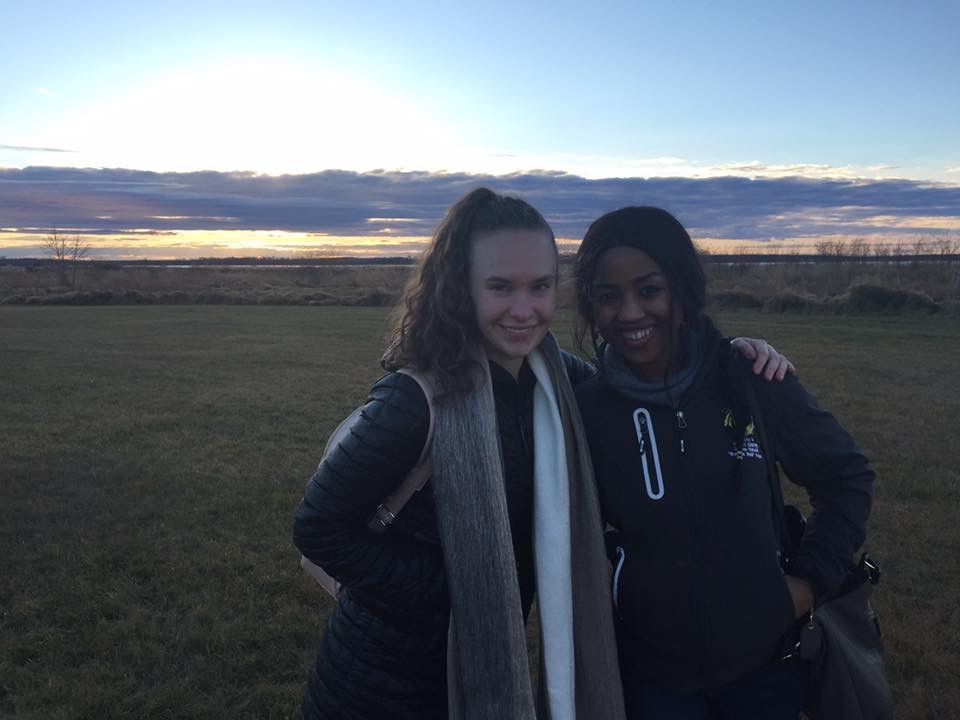
Road trip builds appetite for career in rural medicine
I have always known that I wanted to practice rural medicine in some capacity. These small rural communities make up such an important part of Saskatchewan’s backbone. They are rich in history, culture, and, in my experience, full of very loving people who make delicious food!
By Jessica FroehlichLast summer, I had the opportunity to teach science to school children in Stony Rapids on Treaty 8 territory, and this experience broadened my understanding of rural and remote health in Saskatchewan. It was here that I found out I was accepted into the College of Medicine. Members of the community came together to celebrate my news and make me feel special while I was far away from my family. After an experience like this, I was very excited to hear that the Saskatchewan Medical Association (SMA) would be taking medical students and residents to Buffalo Narrows and Île-à-la-Crosse via their Roadmap program.
The program is meant to expose medical students and residents to health care practice in rural Saskatchewan. Regardless of where students are hoping to practice, at some point they will work with and treat patients from rural communities. Gaining an understanding of the advantages and challenges of rural communities may help future doctors navigate the health care system in a way that works in the context of their patients’ lives. The SMA Roadmap program does important work in showing students that rural medicine is a place of innovation, valued teamwork and vibrant community engagement.
We first flew to Buffalo Narrows and were given an excellent tour of the health centre. We were informed of the services provided, such as acute care, addictions services, mental health and sexual health. We also discussed services that patients have to travel out of the community to access, including dialysis or giving birth, and how this can be a great barrier for patients and their families in a time of stress or grief.
We then drove to Île-à-la-Crosse and were welcomed at St. Joseph’s Hospital and Health Centre. The doctors and community members had warm bannock and moose meat waiting for us. This is the quickest way to my heart — food is love! We practiced medical tasks such as casting and nerve blocks. As well, the doctors had created an incredible medical escape room for us to test and diagnose our “patient” and consult other doctors on their care.
Île-à-la-Crosse is the second oldest community in Saskatchewan with a rich history. Located on Treaty 6 territory, it is strong in Métis roots and culture. We had the privilege of partaking in cultural activities including beading, jigging, making bannock, and filleting fish to fry — though I spent most of my time eating it hot out of the fire. I cannot express enough how grateful I am to have been welcomed into this community and treated so kindly.
There were many pieces from this single day that reaffirmed why I want to pursue medicine. As we all know, medical school involves long hours and the course work can be overwhelming at times. It is easy for those things to cloud the realities of the career that we have chosen to pursue.
Having the opportunity to step away from my textbooks and reflect on the amazing work being done by rural health practitioners was a breath of fresh air. The breadth of work they do, and the depth of their competency, is inspiring and exciting.
My only regret is that we couldn’t have stayed longer.
